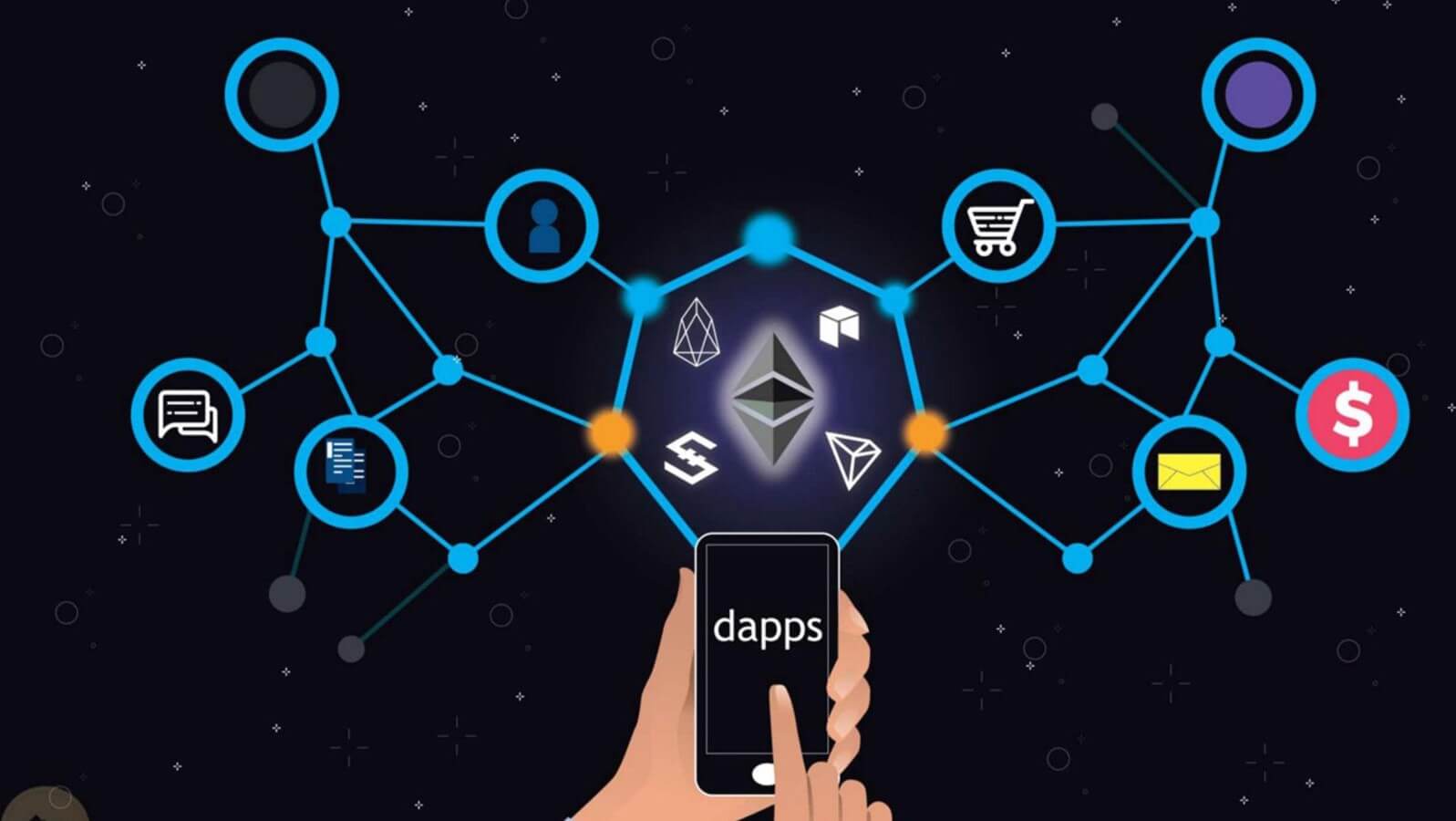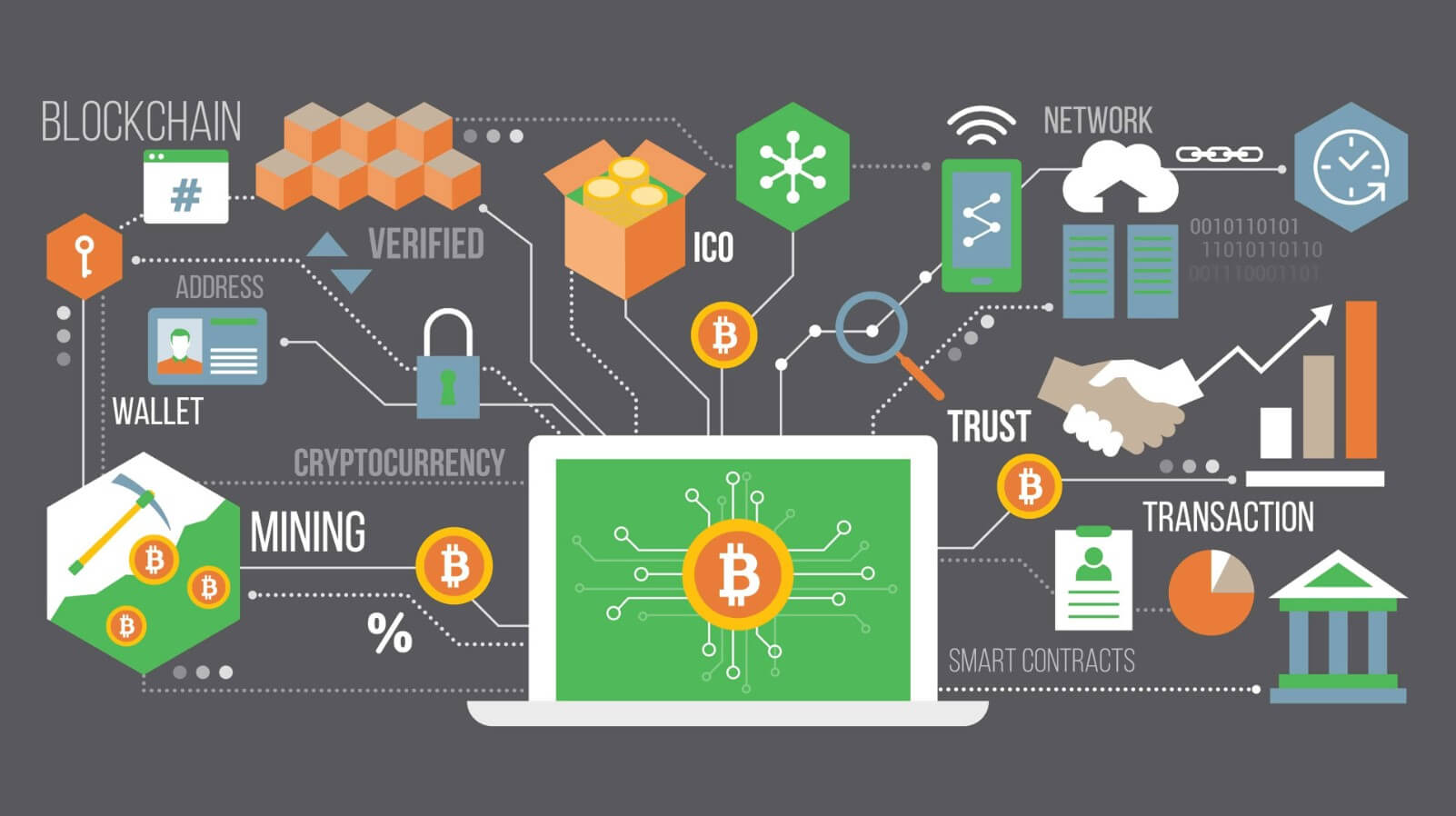How to develop blockchain applications?

Blockchain technology has revolutionized various industries, from finance to supply chain management, by providing decentralized, secure, and transparent systems. Developing blockchain applications can be a game-changer for businesses looking to innovate and improve their processes. This comprehensive guide will walk you through the essential steps to develop blockchain applications, covering everything from understanding the basics to deploying your application.
Understanding Blockchain Technology
What is Blockchain?

Blockchain is a decentralized digital ledger that records transactions across multiple computers. These records, or blocks, are linked using cryptography, ensuring the data's integrity and security. Each block contains a cryptographic hash of the previous block, a timestamp, and transaction data. This structure makes it nearly impossible to alter the data without changing all subsequent blocks, providing a high level of security.
Benefits of Blockchain
- Decentralization: Eliminates the need for a central authority, reducing the risk of single points of failure.
- Security: Advanced cryptographic techniques protect data from unauthorized access and tampering.
- Transparency: Transactions are visible to all participants, ensuring accountability.
- Immutability: Once data is recorded, it cannot be altered, providing a reliable audit trail.
Types of Blockchain
[embed]https://youtu.be/aQWflNQuP_o[/embed]
Public Blockchains
Public blockchains are open to anyone and are maintained by a distributed network of nodes. Examples include Bitcoin and Ethereum. These blockchains offer high security and transparency but may suffer from scalability issues.
Private Blockchains
Private blockchains are restricted to a specific group of participants and are often used by businesses for internal processes. They offer better scalability and control but at the cost of reduced transparency.
Consortium Blockchains
Consortium blockchains are managed by a group of organizations. They offer a balance between decentralization and control, making them suitable for industry-specific applications.
Steps to Develop Blockchain Applications
1. Define Your Objectives
Before diving into development, clearly define your objectives. What problem are you solving? How will blockchain technology benefit your application? Identifying your goals will help you choose the right blockchain platform and design an effective solution.
2. Choose the Right Blockchain Platform
Selecting the right blockchain platform is crucial for the success of your application. Consider the following factors:
- Consensus Mechanism: Different blockchains use various consensus mechanisms like Proof of Work (PoW), Proof of Stake (PoS), and Practical Byzantine Fault Tolerance (PBFT). Choose one that aligns with your application's requirements.
- Scalability: Ensure the platform can handle the anticipated transaction volume.
- Security: Evaluate the platform's security features to protect against potential threats.
- Community and Support: A robust community and active support can be invaluable during development.
Popular blockchain platforms include Ethereum, Hyperledger Fabric, EOS, and Stellar.
3. Design the Architecture
Designing the architecture involves deciding how your blockchain application will function. Key considerations include:
- Node Configuration: Determine the number and types of nodes required. Nodes can be full nodes (storing the entire blockchain) or light nodes (storing only part of the blockchain).
- Smart Contracts: Smart contracts are self-executing contracts with the terms directly written into code. They automate transactions and ensure they are carried out as programmed.
- Data Storage: Decide how data will be stored and accessed. Blockchain is not suitable for storing large amounts of data, so consider off-chain storage solutions like IPFS or cloud storage.
4. Develop the Smart Contracts
Smart contracts are the backbone of blockchain applications. They automate transactions and ensure compliance with predefined rules. When developing smart contracts:
- Use Established Standards: For Ethereum, ERC-20 and ERC-721 are widely used standards for fungible and non-fungible tokens, respectively.
- Test Thoroughly: Smart contracts are immutable once deployed. Rigorous testing is essential to identify and fix bugs before deployment.
- Security Audits: Conduct security audits to ensure there are no vulnerabilities in your smart contracts.
5. Develop the Frontend and Backend
The frontend of your blockchain application is the user interface, while the backend handles the logic and interacts with the blockchain.
Frontend Development
- Frameworks: Use popular frontend frameworks like React, Angular, or Vue.js to build a responsive and user-friendly interface.
- Web3 Integration: Integrate Web3.js (for Ethereum) or similar libraries to interact with the blockchain from your frontend.
Backend Development
- API Development: Develop APIs to handle communication between the frontend and backend.
- Database Management: Use databases to store and manage off-chain data.
- Blockchain Integration: Ensure seamless integration with the blockchain platform to handle transactions and smart contract interactions.
6. Testing and Debugging
Testing is a critical phase in blockchain development. Conduct extensive testing to ensure your application works as expected:
- Unit Testing: Test individual components of your application to ensure they function correctly.
- Integration Testing: Test how different parts of your application work together.
- End-to-End Testing: Simulate real-world scenarios to test the entire application.
Use testnets provided by blockchain platforms to deploy and test your application without incurring real costs.
7. Deploying Your Blockchain Application
Once testing is complete, you’re ready to deploy your application. Deployment involves:
- Mainnet Deployment: Deploy your smart contracts and application on the mainnet.
- Node Setup: Configure and launch the necessary nodes to support your application.
- Monitoring: Set up monitoring tools to track the performance and health of your application.
8. Maintenance and Upgrades
Blockchain applications require ongoing maintenance and upgrades to stay secure and functional:
- Bug Fixes: Address any bugs or issues that arise after deployment.
- Performance Optimization: Continuously optimize performance to handle increasing user load.
- Feature Updates: Regularly update your application with new features and improvements.
Best Practices for Blockchain Development
Security
- Follow Best Practices: Adhere to best practices for secure coding and smart contract development.
- Regular Audits: Conduct regular security audits to identify and fix vulnerabilities.
- Penetration Testing: Perform penetration testing to assess the security of your application.
Scalability
- Off-Chain Solutions: Use off-chain solutions like state channels or sidechains to improve scalability.
- Layer 2 Solutions: Implement Layer 2 solutions like Plasma or Optimistic Rollups to handle more transactions per second.
User Experience
- Simplified Interfaces: Design intuitive and user-friendly interfaces to make your application accessible to non-technical users.
- Clear Documentation: Provide clear and comprehensive documentation to help users understand and use your application.
Compliance
- Regulatory Compliance: Ensure your application complies with relevant laws and regulations, especially if dealing with financial transactions.
- Data Privacy: Implement measures to protect user data and privacy.
Case Studies of Successful Blockchain Applications
Ethereum
Ethereum is a decentralized platform that enables developers to build and deploy smart contracts and decentralized applications (DApps). It has been instrumental in the rise of decentralized finance (DeFi) and non-fungible tokens (NFTs).
Hyperledger Fabric
Hyperledger Fabric is a permissioned blockchain platform designed for enterprise use. It is used by companies like IBM and Walmart to improve supply chain transparency and efficiency.
Stellar
Stellar is a blockchain platform designed for fast and affordable cross-border payments. It is used by financial institutions and payment providers to facilitate international transactions.
Future Trends in Blockchain Development
Interoperability
Interoperability between different blockchain platforms is becoming increasingly important. Projects like Polkadot and Cosmos are working on solutions to enable seamless communication between blockchains.
DeFi
Decentralized finance (DeFi) continues to grow, offering innovative financial services like lending, borrowing, and trading without intermediaries. Developing DeFi applications presents a significant opportunity for blockchain developers.
NFTs
Non-fungible tokens (NFTs) have gained popularity for representing ownership of unique digital assets. The development of NFT marketplaces and applications is a rapidly growing field.
Green Blockchain
As concerns about the environmental impact of blockchain grow, there is a trend towards developing more energy-efficient blockchain solutions. Projects like Ethereum 2.0 aim to reduce energy consumption through Proof of Stake (PoS) consensus mechanisms.
Conclusion
Developing blockchain applications can be a rewarding endeavor, offering the potential to create innovative solutions across various industries. By understanding blockchain technology, choosing the right platform, designing robust architecture, and following best practices, you can develop secure, scalable, and user-friendly blockchain applications. Stay informed about the latest trends and continuously improve your application to stay ahead in this dynamic field.





